India returns Chandrayaan-3 propulsion module to Earth orbit
Original Publication Date: 2023-12-05 03:51
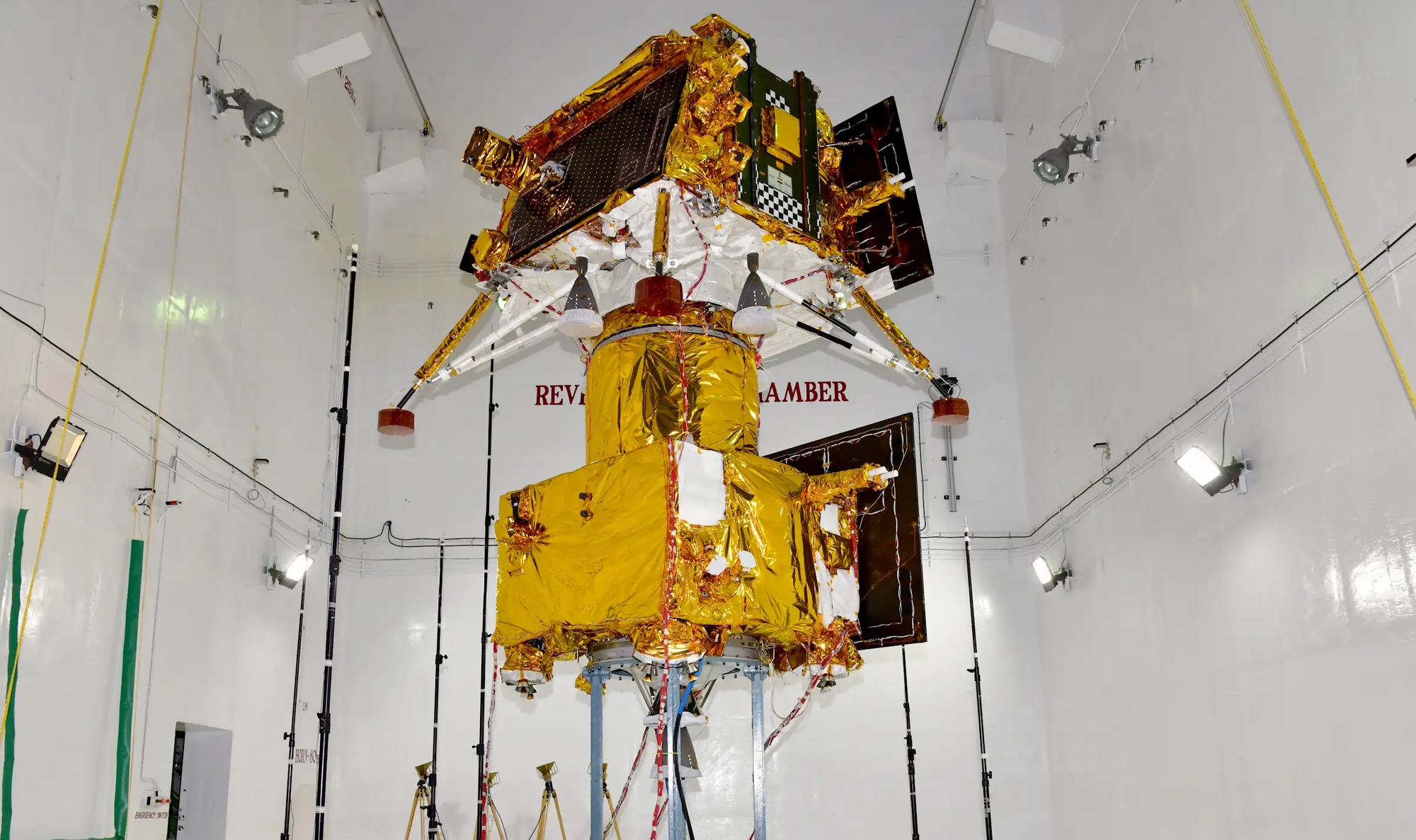
The propulsion module for the Chandrayaan-3 mission is now in a high orbit around the Earth. The Indian space agency had not previously disclosed any efforts to return the propulsion module. The main purpose of the 2,145-kilogram propulsion module was to transport the lander to the moon. The lander successfully touched down on the moon Aug. 23.
SatixFy handed stock exchange delisting warning
Original Publication Date: 2023-12-04 22:46
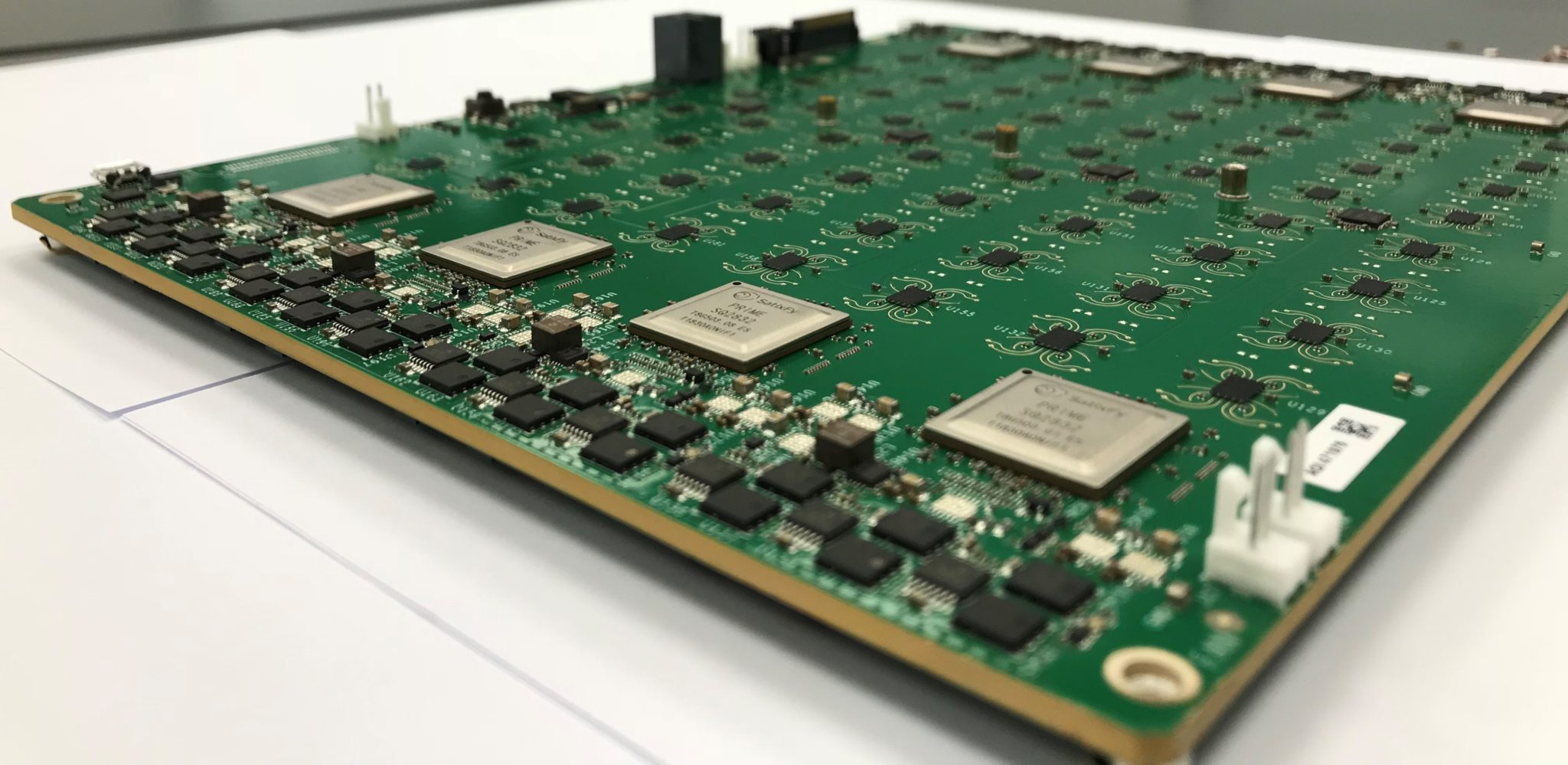
SatixFy shares are currently trading at around 40 cents, down more than 94% from the start of 2023. The shares were listed in October 2022 after SatixFy merged with a SPAC. SatixFy forecast $40 million in revenue for 2022, rising to $86 million in 2023.
Industry report: Demand for satellites is rising but not skyrocketing
Original Publication Date: 2023-12-04 22:15

Quilty Space: 20,000 new satellites will launch by the end of the decade. If all the missions planned by 350 commercial and government constellations reached orbit, a whopping 478,000 total satellites would be in space by 2030. By assigning a probability weighting, Quilty estimated that about 20,000 satellites are likely to make it to orbit.
York reveals latest commercial space-as-a-service mission
Original Publication Date: 2023-12-04 19:01
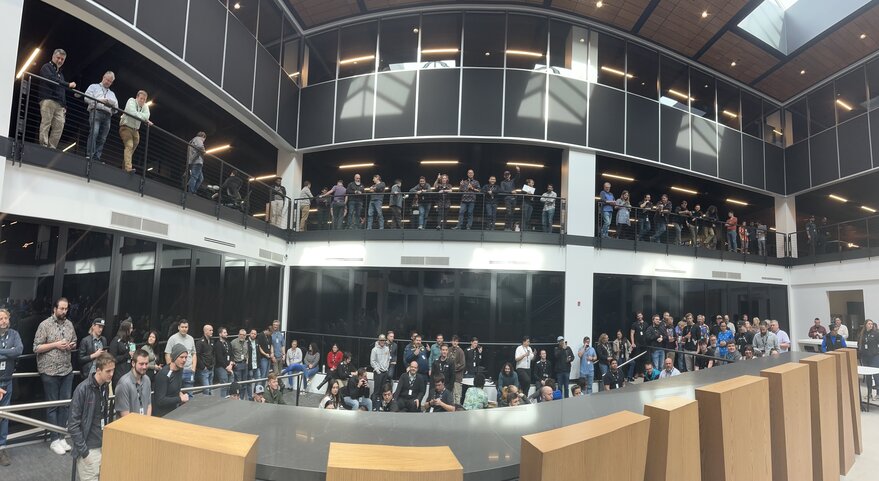
York Space Systems established contact within three hours of the Dec. 1 launch. CACI supplied an optical communications demonstration and a resilient position, navigation and timing payload. The mission “expands upon York’s rapidly growing commercial business and flight qualifies numerous new technologies,” York CEO says.
US, UK, Australia announce trilateral Deep Space Advanced Radar Capability initiative – SatNews
Original Publication Date: 2023-12-05 00:00

The United States, United Kingdom and Australia have announced a trilateral initiative. The new program is designed to provide 24/7, all-weather capabilities that will increase the ability to detect, track, identify and characterize objects in deep space. The capability will also be used to protect the essential services that rely on satellites and communication from space.
SpaceX’s two launches in a weekend and plans for Falcon Heavy’s test for U.S. Space Force – SatNews
Original Publication Date: 2023-12-04 00:00

Falcon 9 launched 23 Starlink satellites to low-Earth orbit from Cape Canaveral Space Force Station in Florida. This was the sixth flight for the first stage booster supporting this mission. The rest of the week promises to be busy as there will be a static fire test on Sunday in anticipation of the USSF-52 mission launch scheduled for a week later on December 10.
Small but mighty companies working on ESA’s planetary defense mission – SatNews
Original Publication Date: 2023-12-04 00:00

28 small or medium-sized enterprises (SMEs) working on ESA’s Hera planetary defense mission. These SMEs are building European cutting-edge technologies for the spacecraft, its instruments and two CubeSats. SMEs from 14 Member States are involved and represent 15% of Hera’s overall budget.
HawkEye 360’s inaugural satellite cluster “Pathfinder” celebrates 5 years in space – SatNews
Original Publication Date: 2023-12-04 00:00

HawkEye 360 Inc. Is celebrating the firm’s inaugural satellite launch five years ago. The three Pathfinder satellites launched on December 3, 2018, aboard a SpaceX Falcon 9 rocket. The mission pioneered using formation-flying satellites to offer commercial space-based RF detection over a broad range of frequencies.
Airbus receives ESA TRUTHS mission contract – SatNews
Original Publication Date: 2023-12-04 00:00

Airbus has been awarded the latest phase in the European Space Agency (ESA) TRUTHS mission as part of ESA’s Earth Observation Earth Watch program. The TRUTHS satellite mission will measure the Sun’s radiation and the sunlight reflected off Earth’s surface relative to an accurate reference.
NOAA using new cloud-based system + business model to supply data from older environmental satellite fleet – SatNews
Original Publication Date: 2023-12-04 00:00

NOAA-15, NOAA-18 and NOAA-19 are now operated through a new, cloud-based commercial engineering services contract called POES Extended Life. Parsons Corporation will transition operational control of the three satellites through the development of a new commercial cloud-based ground system that will remain active until September 2025. All engineering services in support of POES Extended Life activities are occurring remotely.
Discovery Alert: Glowing Cloud Points to Cosmic Collison

A new study has revealed that a glowing cosmic cloud has revealed a cataclysmic collision. Scientists were observing a young (300-million-year-old) Sun-like star when they noticed something odd: the star suddenly and significantly dipped in brightness. The team investigated further and found that the culprit behind both the spike in luminosity and the eclipse was a giant, glowing cloud of gas and dust. And the most likely reason for the sudden, eclipse-causing cloud? A cosmic collision between two exoplanets, one of which likely contained ice.
Finding Life Beyond Earth: What Comes Next?
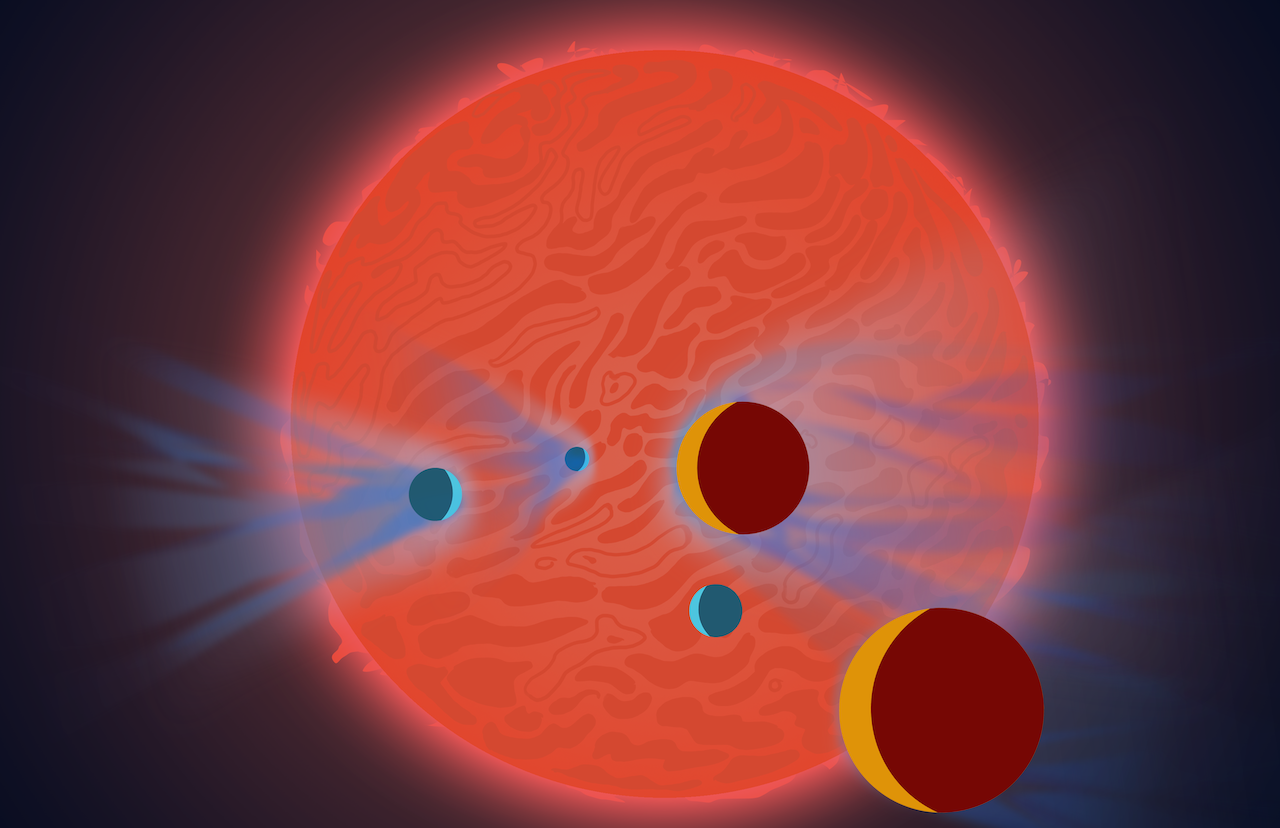
Scientists and technological experts suggest a variety of possibilities for finding life beyond our solar system. The search for life is accelerating, sprouting new technologies and new ideas. Exoplanets offer a vast number of targets: thousands of planets confirmed so far in our galaxy. More powerful and sensitive observatories are being readied for the future search.
Searching for Signs of Intelligent Life: Technosignatures

NASA scientists are looking for signs of intelligent life beyond Earth. The search remains largely focused on non-technological life. But scientists have begun to consider what technological traces of intelligent life might look like. They include laser or radio pulses, signs of artificial chemicals in the atmospheres of distant planets.
Discovery Alert: See the Image – 2 Planets Orbit a Sun-like Star

The planet: TYC 8998-760-1 c is the second to be directly imaged as it orbits a Sun-like star. The inner planet, b, is about 14 times the mass, or heft, of Jupiter, c about 6 times. The star is a baby version of our Sun, only 17 million years old.
New clues to compositions of TRAPPIST-1 planets
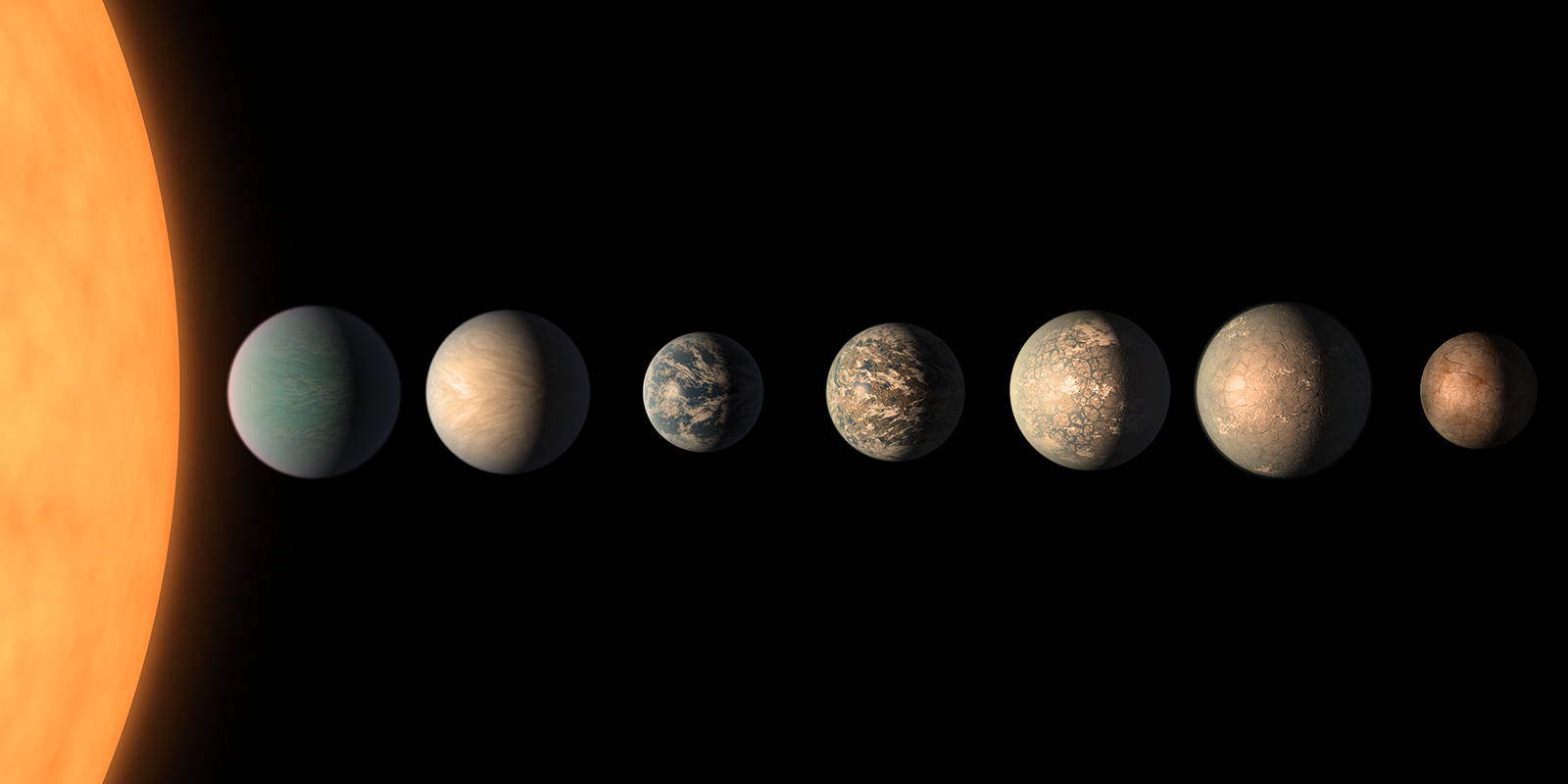
Seven planets in the TRAPPIST-1 system are mostly made of rock, with some having the potential to hold more water than Earth. The planets' densities, now known much more precisely than before, suggest that some planets could have up to 5 percent of their mass in water – which is 250 times more than the oceans on Earth. The form that water would take on these planets would depend on the amount of heat they receive from their star, which is 9 percent as massive as our Sun.
